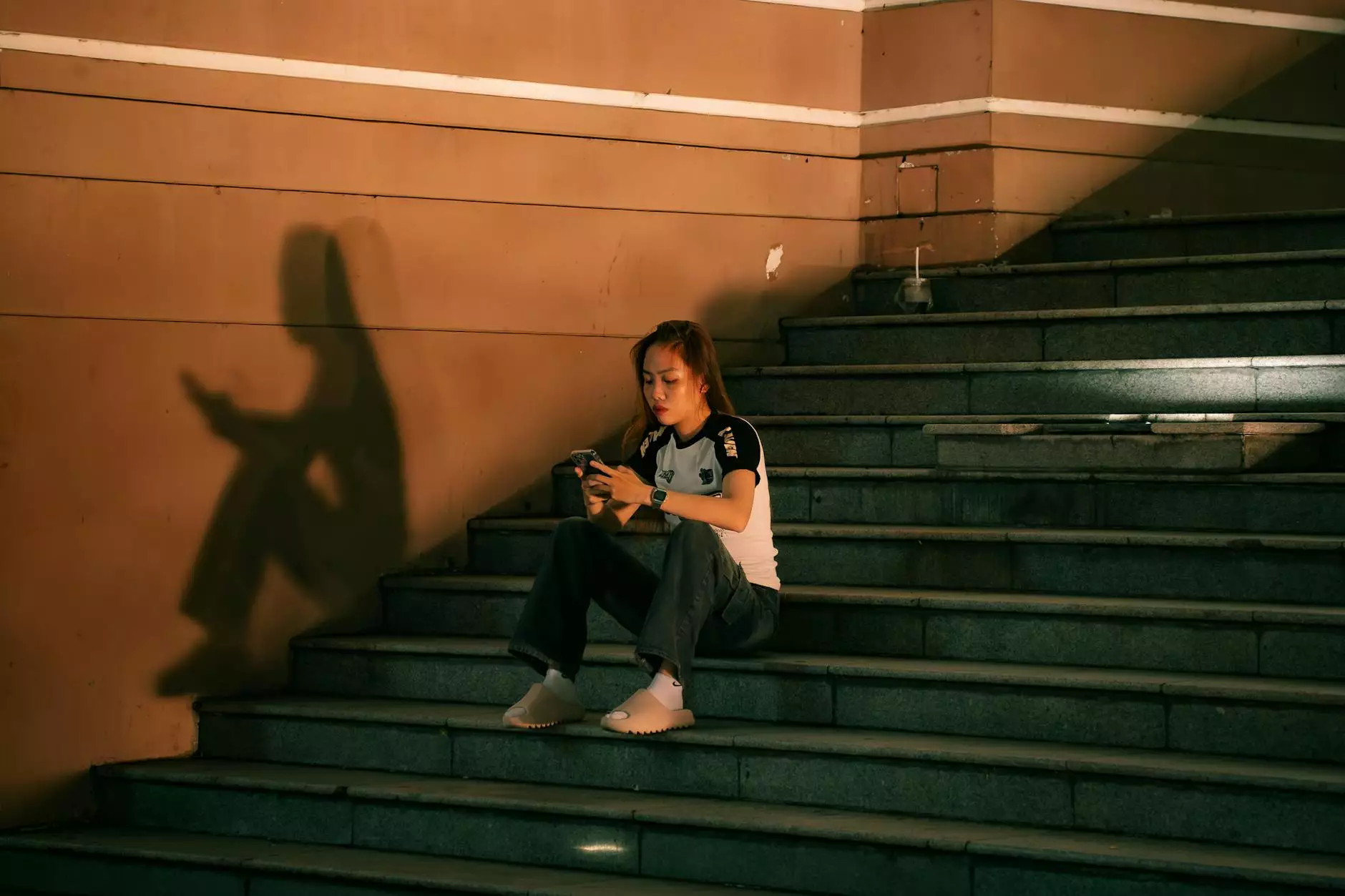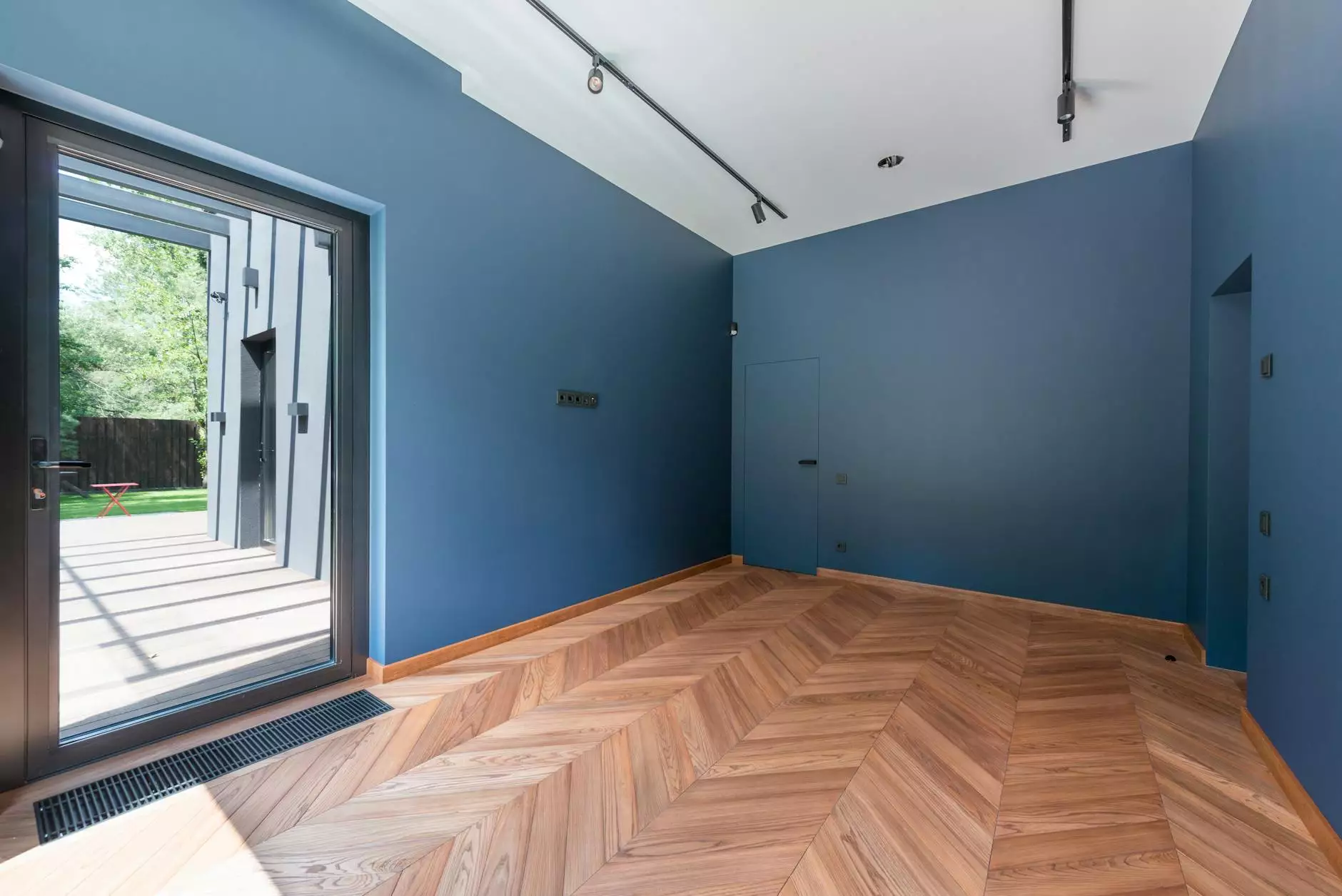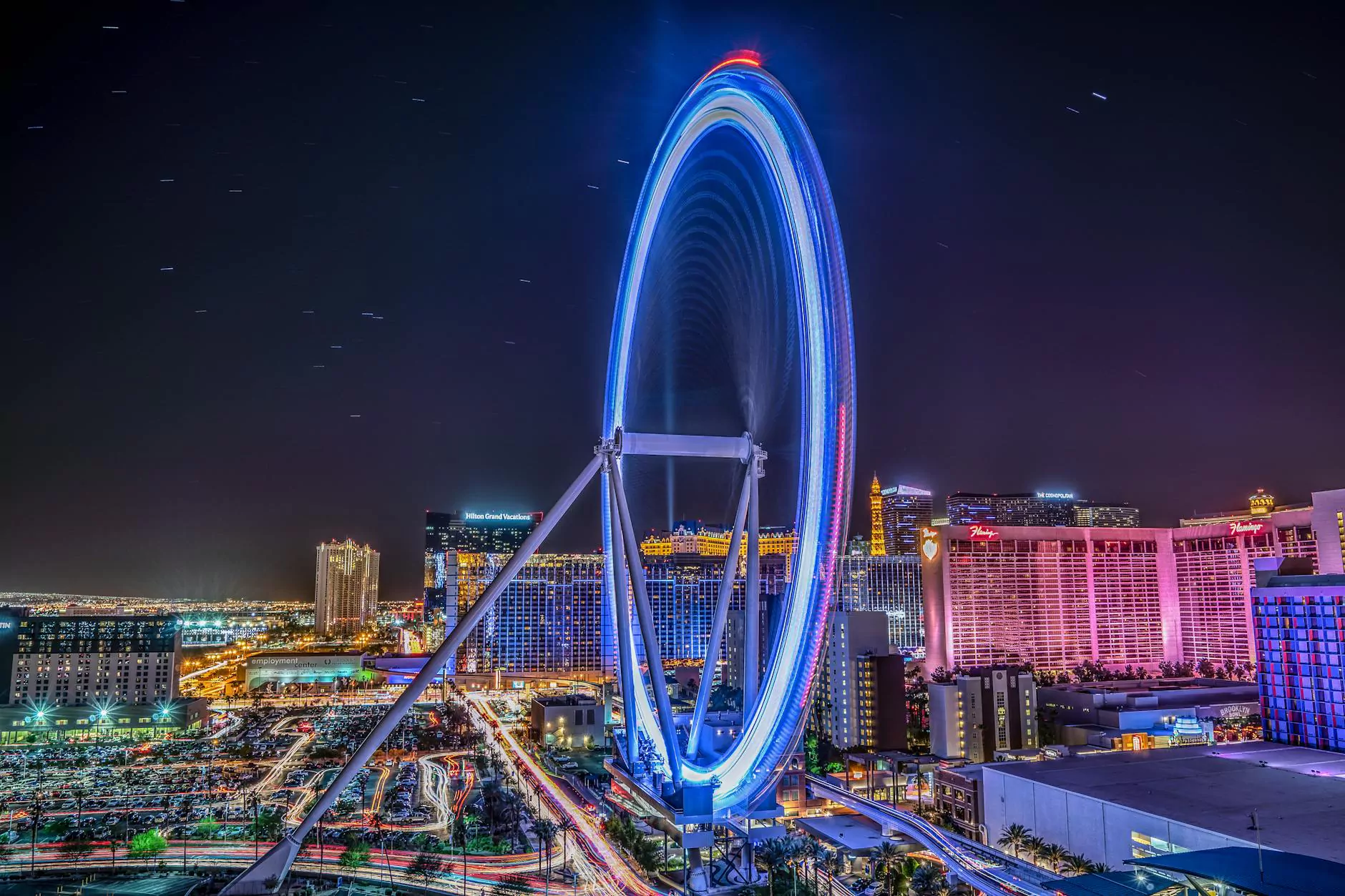The Art of Using Light: Illuminating Creativity

Art using light is a captivating field that has garnered increasing attention in contemporary art. This unique discipline transcends traditional art forms, engaging audiences in a dialogue that combines technology, creativity, and sensory experience. The ways in which light can transform spaces and evoke emotions continually push the boundaries of artistic expression.
Understanding the Basics: What is Art Using Light?
At its core, art using light refers to any artistic work that uses light as a primary medium. This can include light installations, projections, interactive experiences, and even photography. It encompasses a broad range of forms and techniques, each offering different interactions and engagements with the audience. The interaction between light and its environment can create immersive experiences that provoke thought and elevate a viewer's emotional state.
The Historical Context of Light in Art
While the use of light in art has ancient roots, it has evolved significantly over the centuries. Early artists often used light and shadow to add depth and dimension to their works, with techniques like chiaroscuro emerging during the Renaissance period. However, the modern interpretation of art using light began in the 19th century with the advent of electric lighting and photography.
Illuminating Innovations: The 20th Century's Revolution
The 20th century saw a seismic shift in how light was perceived and utilized in art. Artists began embracing neon lights, projectors, and other forms of artificial illumination. Notable figures, such as Dan Flavin, pioneered the use of fluorescent lighting as a medium itself, creating minimalist installations that challenged traditional perceptions of sculpture and space.
Techniques and Forms: How Light Can Be Art
Artists employ a variety of techniques when creating art using light. Here are some prevalent forms:
1. Light Installations
These immersive pieces often involve large-scale setups that interact with natural light and the surrounding architecture. Artists like Jenny Holzer and James Turrell create environments where light itself becomes a canvas, encouraging viewers to reconsider their perception of space and form.
2. Projections
Projection art can transform surfaces into dynamic displays. Artists may project images or animations onto buildings, landscapes, or even natural elements. This technique has been popularized in events like projection mapping, where intricate visuals bring life to otherwise static forms.
3. Interactive Light Art
Many contemporary artists engage the audience in their work through interactive installations that respond to movement or sound. This intersection of art and technology creates a living dialogue with the audience. One example is the work of Random International, where installations allow viewers to interact with light in innovative ways.
4. Light in Photography
Photography has always relied on light as a fundamental element. Photographers adeptly manipulate natural and artificial lighting to create mood and convey messages. Contemporary artist Olafur Eliasson often combines photography with light-based installations, emphasizing the relationship between perception and reality.
The Emotional Impact of Light Art
The emotional response elicited by art using light is profound. Light can evoke feelings of joy, nostalgia, serenity, or even contemplation. One effect of light is its ability to alter our spatial awareness; warm light can create a feeling of intimacy, while cooler tones often feel expansive or clinical. Understanding this emotional dimension is crucial for artists aiming to communicate messages or themes through their work.
Creating Atmosphere and Narrative
Light art can also tell stories or establish atmospheres. For instance, a dimly lit installation might evoke themes of mystery or introspection, while a vibrant, brightly lit piece may inspire feelings of celebration or exuberance. By thoughtfully arranging the intensity, color, and direction of light, artists can craft intricate narratives that change according to the viewer's perspective.
Light Art in the Modern World
In the age of technology and digital art, the realm of art using light continues to expand. With the advancement of LED technology, artists are now able to create more intricate pieces, integrating programming and automation to establish interactive elements that can change in real time. This evolution promises an exciting future for light art, merging creativity with technological innovation.
Urban Environments and Public Art
As cities become increasingly vibrant with light installations in public spaces, the relationship between art and urban environments grows ever stronger. Artists like Yayoi Kusama and her infinity rooms create experiences that entice people to explore art outside traditional spaces, making art accessible to a broader audience. This public engagement fosters community and interaction, elevating art from mere aesthetics to meaningful societal experiences.
The Role of Light Art in Wellness and Healing
Recent studies suggest that light can play a significant role in enhancing well-being. The incorporation of art using light in therapeutic settings, such as hospitals and wellness centers, has shown to reduce anxiety and improve overall mood. By creating calming environments with strategically placed light art, creators can foster more positive emotional responses from individuals.
Adapting to Challenges: The Future of Light Art
As the world faces environmental challenges, artists are also using art using light to raise awareness about sustainability. Innovative projects using renewable energy sources to power light installations highlight important ecological messages, emphasizing the role of art in activism.
Conclusion: The Unending Journey of Light in Art
The exploration of light in art is an ever-evolving journey. Its capacity to influence perception, evoke emotion, and challenge traditional notions of creativity makes it a compelling medium for artists around the globe. As technology advances and our understanding of light deepens, the future holds limitless potential for innovation within this dynamic field. Whether through immersive installations or interactive exhibits, art using light likely will continue to captivate audiences and inspire future generations of creators.
Engaging with Light Art
For those interested in diving deeper into the world of light art, visiting galleries dedicated to this genre or attending light art festivals can provide invaluable experiences. For example, sites such as Grimanesa Amoros curate incredible exhibitions that showcase the beauty and impact of light in artistic expression. By fostering a strong appreciation for art using light, we can all contribute to a more vibrant cultural landscape.
Explore the power of light as an artistic medium and embrace the creative possibilities it presents.









